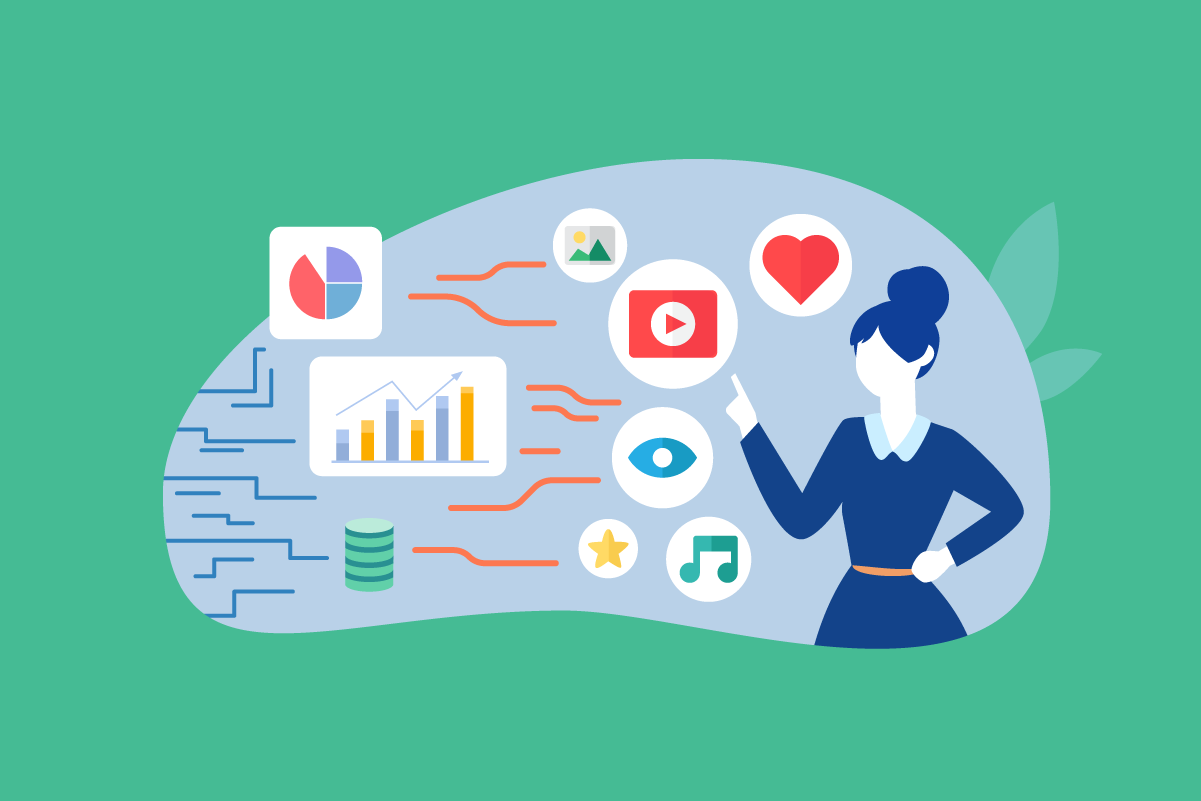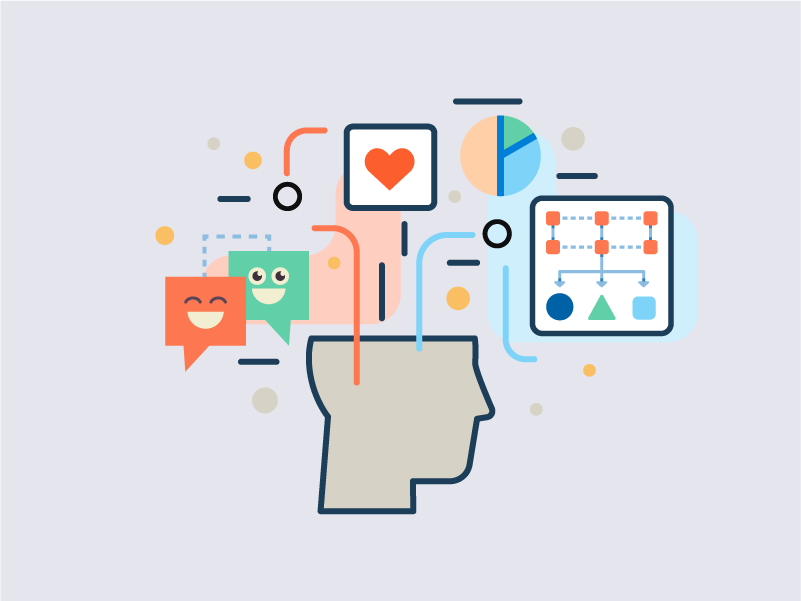

Telling stories with data

Data storytelling is not a new practice, but it’s one that could be better understood. Our CEO, Simon, spoke to Domo’s Brent Dykes at RISE 2019 to find out more.
Storytelling may seem at odds with the numbers-driven world of data. But they can work together to create a compelling yet informative story. Just look at the success of Spotify’s Wrapped campaign.
Numbers vs Context
The problem with dashboards and spreadsheets is that they only tell us what is happening. They lack the ability to effectively communicate insights from the data: why this is happening, and what is so significant about it.
That’s where data storytelling comes in. It puts data in context by combining it with visuals and narrative elements. Data is packaged into an engaging, easy to understand manner that communicates insights more effectively.

Why data + narrative works
According to Nobel-Prize-Winning psychologist Daniel Kahneman, humans think in two modes of thought: System 1 and System 2. System 1 is intuitive and emotional while System 2 is logical and deliberate. Much of the processing of new information goes through System 1, but most formal communication — such as data — is directed towards System 2.
What many people might not know, however, is that System 2 needs System 1; logic can help us work out the outcome of an action, but only emotion can tell us if the outcome is desirable.
The value of storytelling in a data-driven world
Narrative speaks to System 1, and is a big part of how it works. In his RISE presentation, Dykes gave the example of six-word stories. The six words themselves aren’t stories. Our brains actually interpret and add meaning and details to the words, turning them into a story.
Combining data and narrative help people process information more easily, because data is conveyed in a way that the brain can better understand. “We’re going to see our insights resonate with audiences in ways that we typically wouldn’t see,” Brent predicts.
Watch the whole interview to catch more insights on data storytelling!
Read more from Click2View:
- In a quarantined world, the webinar has been reborn.
- Communication is most important at a time like this.
- Encourage people to ‘tune in’ with podcasts.
Sign up to our newsletter for more.
Click2View is Southeast Asia’s premiere full-service independent B2B content marketing agency servicing clients like Microsoft, Google, Visa, Prudential, and the Lee Kuan Yew School of Public Policy.








